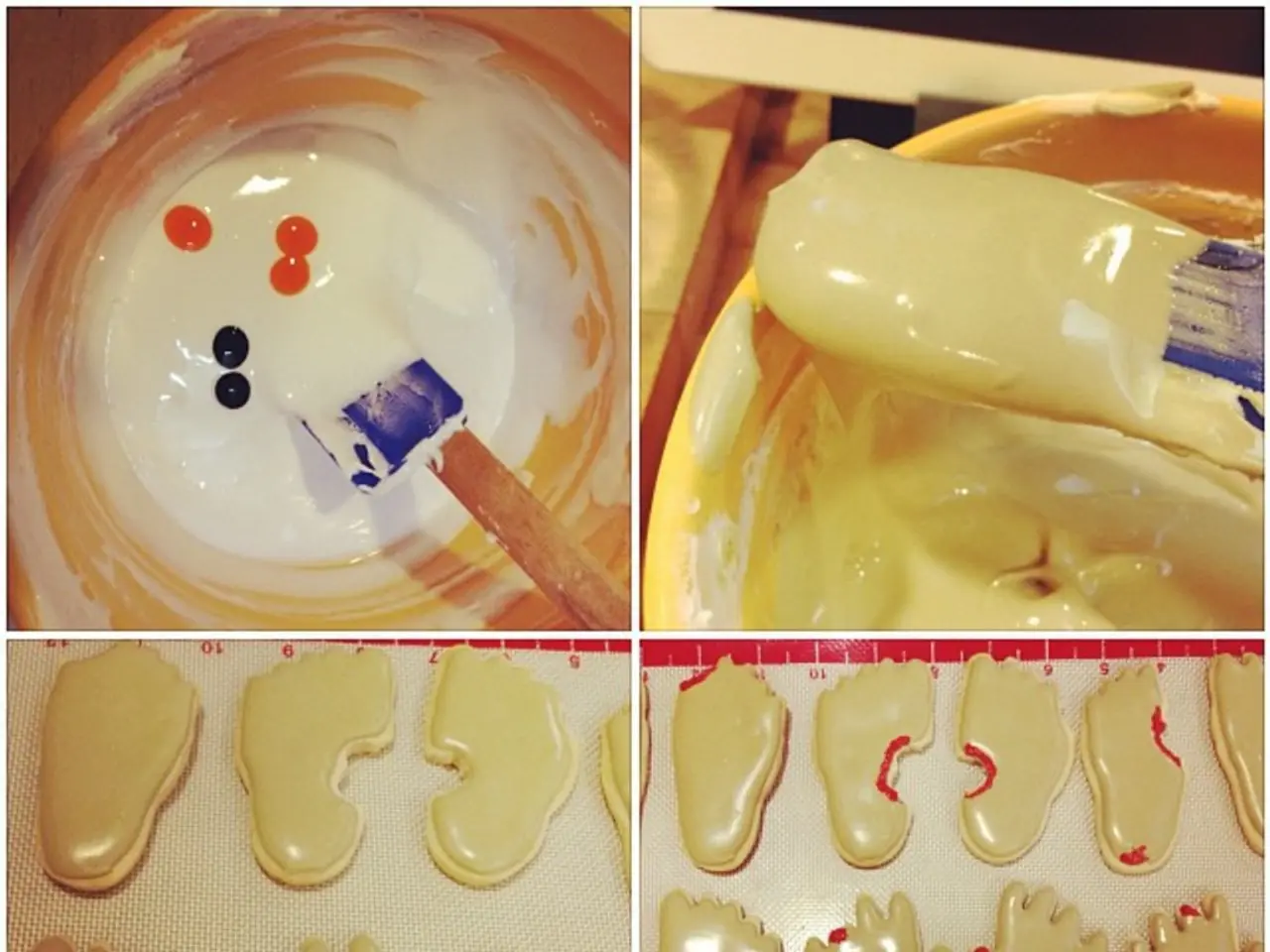The Significance of Thermal Simulations in Enhancing Mold Craftsmanship
In the rapidly growing injection molding industry, high-quality thermal simulation software has become an essential tool for cost-effective and efficient production. These advanced technologies help improve mold designs, reduce material waste, and prevent mold failures, making the process more accurate and streamlined.
A recent study demonstrated that conformal cooling channels (CCCs) in polymer molds reduced final product warping by an impressive 59.8%. Thermal simulations, by helping find the best ways to set up cooling channels for faster cooling and energy efficiency, contribute significantly to this improvement.
The software simulates heat flow within the mold, enabling designers to place cooling channels effectively to ensure even cooling and faster cycle times. This leads to more uniform cooling, reduced cycle times, minimized defects like warping and sink marks, and precise control of part quality.
Simulation tools also aid in determining the ideal gate location and runner design to ensure uniform filling and reduce pressure drops. This avoids defects such as incomplete filling or excessive flashing, lowering the need for rework or scrap.
By simulating thermal conditions, the software helps prevent polymer degradation due to overheating or poor flow due to too low mold temperatures. This results in higher quality parts and less material waste from faulty pieces.
Certain CAD/CAM software integrates mold design automation, updating mold designs automatically based on thermal simulations and generating detailed bills of materials. This reduces human error and speeds up the iterative design process.
Pre-production thermal simulation also reduces the need for later modifications, lowering costs and improving production efficiency. By virtually validating mold designs before manufacturing, the software minimizes physical prototyping cycles and the associated consumption of material, thus decreasing waste and saving costs.
In conclusion, thermal simulation enables injection molders to create designs that achieve better part quality with fewer defects and less wasted material, while shortening production cycles and lowering costs. Adopting these technologies can lead to cost-effective and efficient production in the injection molding industry.
Financial savings can be achieved in the manufacturing sector of the injection molding industry through the smart application of thermal simulation software in the design phase. By optimizing cooling channel arrangements, gate locations, and runner designs, this technology can reduce material waste, minimize production time, and lower the need for rework or scrap, thereby aligning with the objectives of the finance department in the industry.
Moreover, the integration of technology such as thermal simulations with CAD/CAM software can automate mold design processes, reduce human error, and expedite the iterative design process, further contributing to cost-effective and efficient production in the technology-driven injection molding industry.




